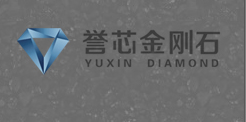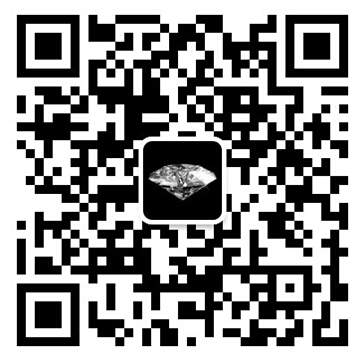Company tel:+86-379-63184520
Contact number:+86-15937921751
Postcode:471000
Email:info@yuxindiamond.com
Address:3-1-508 Luoyang National University Science Park, No. 2 Penglai Road, Jianxi District, Luoyang, China 471000
IGI Grades ‘World’s Largest’ Lab-Grown Diamond
The International Gemological Institute (IGI) has graded a 30.18-carat lab-grown that it claims is the world’s largest polished synthetic diamond.
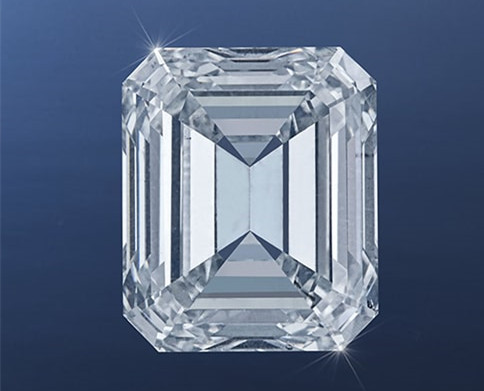
Image: The 30.18-carat lab-grown diamond. (International Gemological Institute)
Mumbai-based lab-grown company Ethereal Green Diamond created the emerald-cut, H-color, VS2-clarity diamond, named Pride of India, IGI said recently. The stone was made using chemical vapor deposition (CVD).
The polished diamond was fashioned from a rough that took approximately four weeks to grow, IGI noted.
The lab-grown maker planned to exhibit the diamond at the JCK Las Vegas show, in a booth just near the display of the previous record holder — a 27.27-carat synthetic diamond created by Greenlab — IGI explained. That stone just nabbed the record 2 month ago.
Have you heard the term “CVD diamond” before and are curious to know what exactly it means?
WHAT IS A CVD DIAMOND?
A CVD diamond is a diamond created by a process called Chemical Vapor Deposition. This process begins with a diamond seed crystal, typically from a high quality synthetic diamond, in a vacuum chamber. A natural gas, such as methane, is then pumped into the chamber and broken down into carbon atoms that accumulate on the crystal and form a diamond.
ARE CVD DIAMONDS REAL DIAMONDS?
A CVD diamond is chemically identical to a naturally mined diamond. It is made of carbon atoms and natural gas just like a natural diamond.
In addition to the chemical compositions, the optical and physical traits of lab diamonds such as CVD diamonds and natural diamonds are the same. CVD diamonds are as hard and durable as natural diamonds and display the same brilliance and fire when cut as a gemstone. The essential difference between a lab created diamond and a mined diamond is that one is created in a lab and the other is naturally mined.
HOW CAN YOU IDENTIFY A CVD DIAMOND?
That’s just the thing—you can’t identify a CVD diamond just by looking at it. Even the most trained jewelers can’t differentiate between a natural diamond and a CVD diamond without proper tools because the composition is identical. A CVD diamond is a diamond, it is just created in a different way.
However, there are certain indicators that a diamond may be lab-grown, and specifically grown using the CVD method. These indicators can be tested for in a lab or deduced by a trained jeweler viewing a CVD diamond under a microscope.

TYPE IIA
Like natural diamonds, CVD diamonds are classified based on their physical properties and color and given a scientific grading. Every diamond comes with a diamond grading report from an independent laboratory. This report will state its qualities and type.
There are two major categories of diamonds: type I and type II, and minor categories within the broader types: type Ia, type Ib, type IIa, and type IIb. The key determinant between type I and type II diamonds is the presence of nitrogen. When nitrogen impurities (the result of nitrogen gas within the earth’s surface) are present in a diamond, it is considered Type I. Type I diamonds are the most common diamond type found in nature.
The process of Chemical Vapor Deposition used to create CVD diamonds produces a stone that qualifies as a Type IIA diamond. Diamonds of a Type IIA nature are the most chemically pure diamonds; they have no measurable nitrogen or boron impurities and are usually colorless. Type IIA diamonds are incredibly rare naturally. Because of their rarity, it is typically assumed that any diamond with this type was lab grown, although it’s not impossible to see natural Type IIA diamonds.
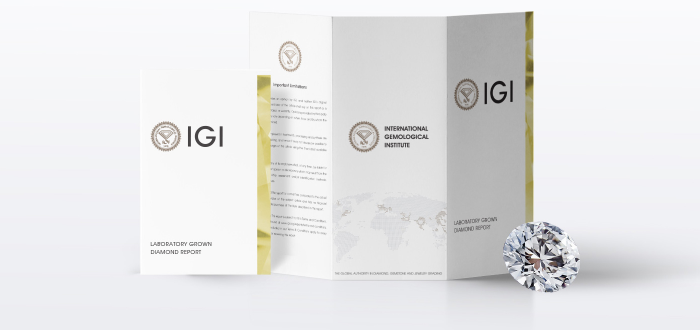
HOW TO TEST A CVD DIAMOND
With certain scientific methods, trained gemologists can test diamonds to determine whether or not they are CVD. This is only possible though with extremely advanced instrumentation and expert knowledge of diamonds, both synthetic and natural. The Gemology Institute of America (GIA) and The International Gemological Institute (IGI) have the capability to perform such tests, and can identify whether a diamond originated from nature or a lab.
Although expert gemologists can identify a CVD diamond from a naturally mined diamond, the typical consumer won’t be able to tell the difference.
HOW MUCH DOES A CVD DIAMOND COST?
Lab-grown diamonds such as CVD diamonds use far fewer natural resources and labor compared to traditionally mined diamonds and thus, are far less expensive. Although obtaining the stone is less expensive, the cost of cutting and polishing a CVD diamond and designing the product around it is the same as it is for a natural diamond. However, the prices of these lab diamonds are still substantially lower than naturally mined diamond products at around 50-70% less.
WHY CONSIDER A CVD DIAMOND?
There are numerous reasons to consider purchasing a CVD diamond if you’re in the market for that special stone.
Quality :
If you are looking for a diamond of unparalleled quality that shines brighter and whiter than all the rest, a CVD diamond will allow you to have it at a fraction of the cost of a same quality natural diamond. CVD diamonds measure up in both durability and beauty. In fact, it’s possible for CVD diamonds to turn out purer than natural diamonds because they are created under carefully controlled conditions. This makes CVD diamonds a great option for anyone who wants unrivaled color and clarity.
Color :
A CVD Diamond could also be right for you if you’re looking for a fancy colored diamond. Because the CVD process uses natural gas, the color of the diamond can be carefully controlled. While the method is known for producing colorless or near colorless diamonds thanks to the absence of nitrogen, it can also be used to produce blue, pink, or yellow diamonds too with the addition of boron or nitrogen. The cost of naturally mined fancy colored diamonds can be exorbitant due to their rarity, but CVD diamonds make these unique stones accessible to all.
Cost :
In addition to being able to control color, the CVD process also allows scientists to control diamond size and purity. This means there is a consistent influx of high quality diamonds coming out of CVD production facilities. The more readily available the diamond, the less expensive it is. While the process by which CVD diamonds come to market make them more affordable, they are still extremely valuable, and as such, still come at a cost, but a cost that’s relatively less than mined diamonds. The relatively lower cost, though, allows you, the consumer, to focus on qualities you desire like a larger carat weight or a sparklier cut.
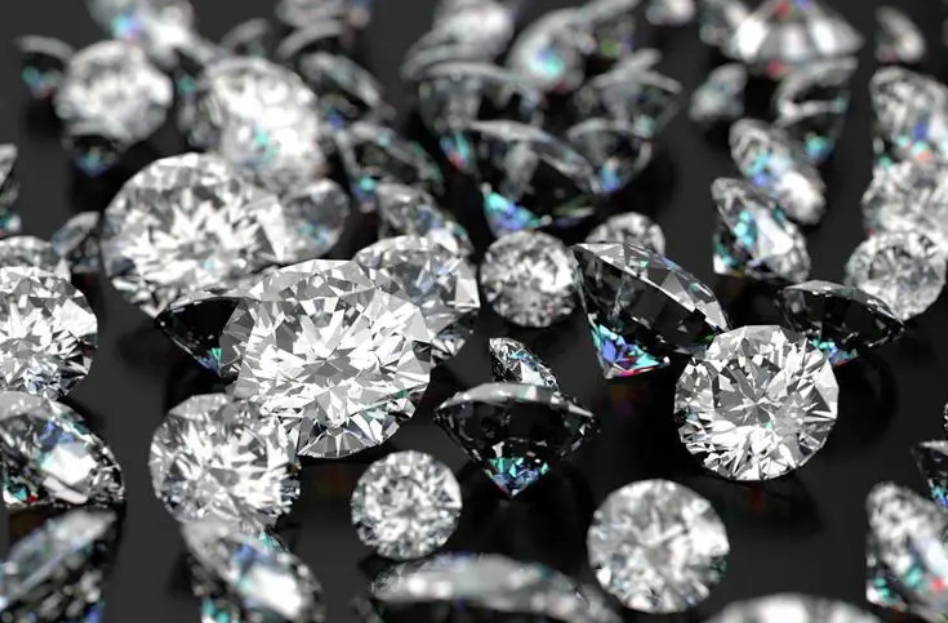
Thanks to modern innovations in technology, lab grown diamonds give you the opportunity to find everything you want in a ring i.e. perfection without having to pay a fortune for it.
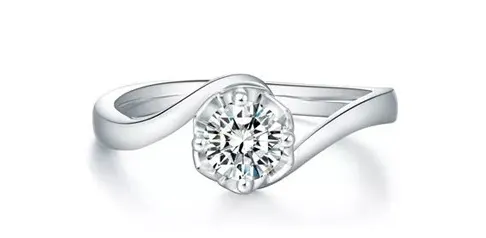
Luoyang Yuxin Diamond also offers custom lab grown CVD diamond. Contact us for more information.

